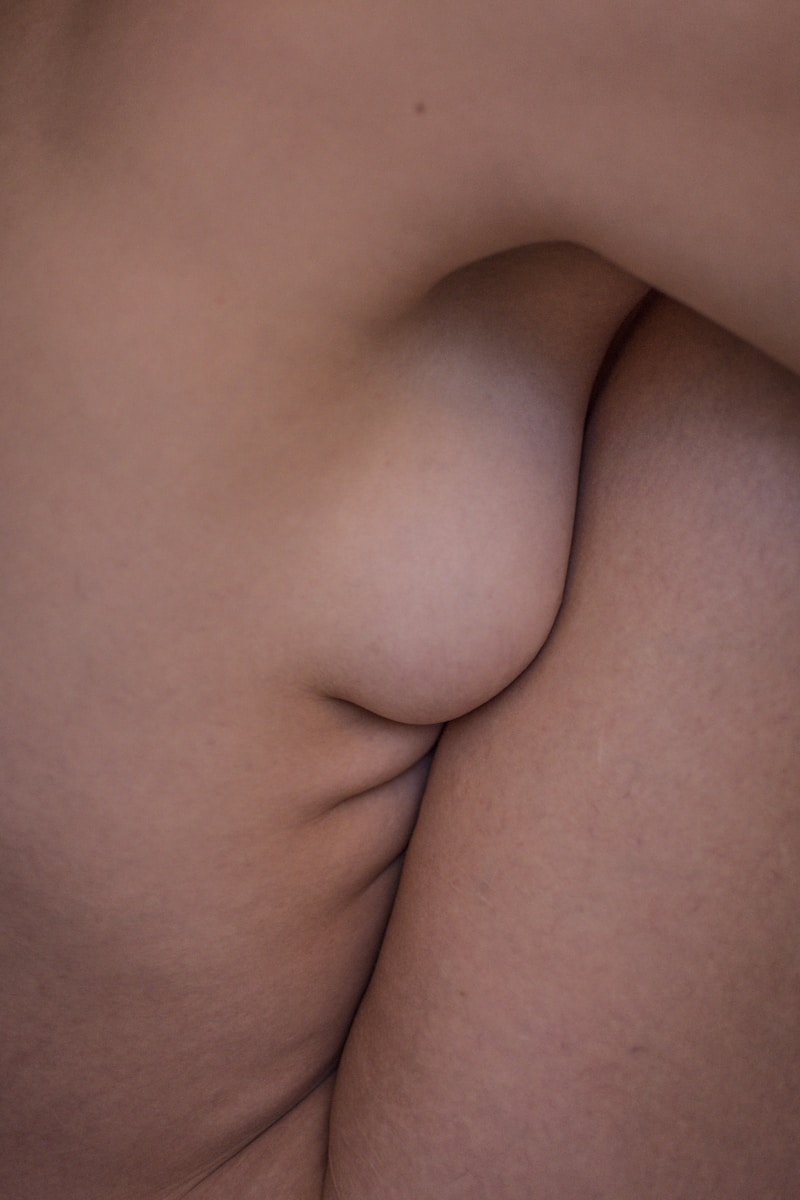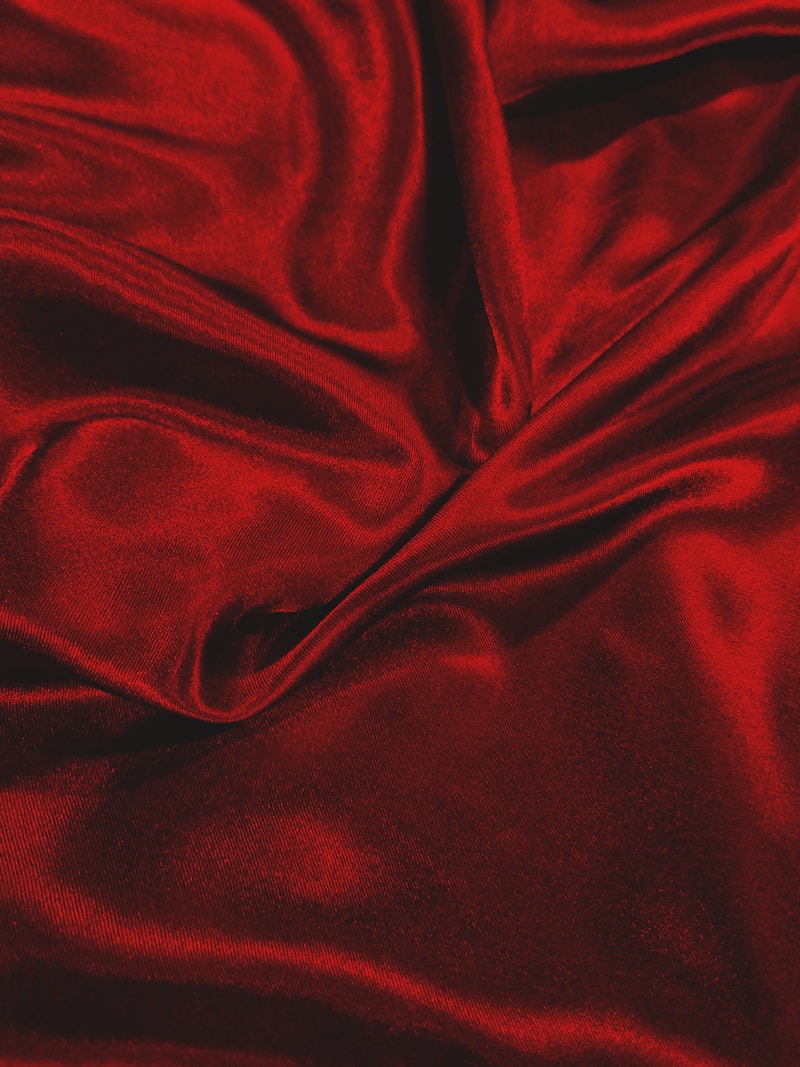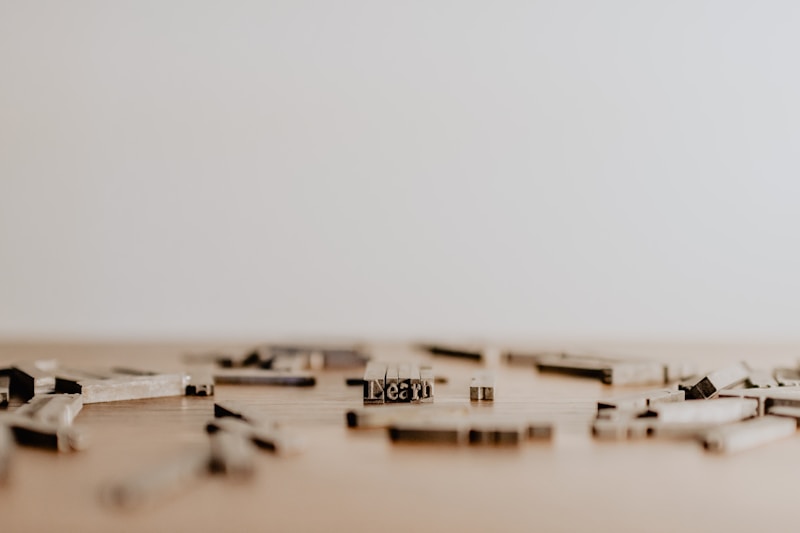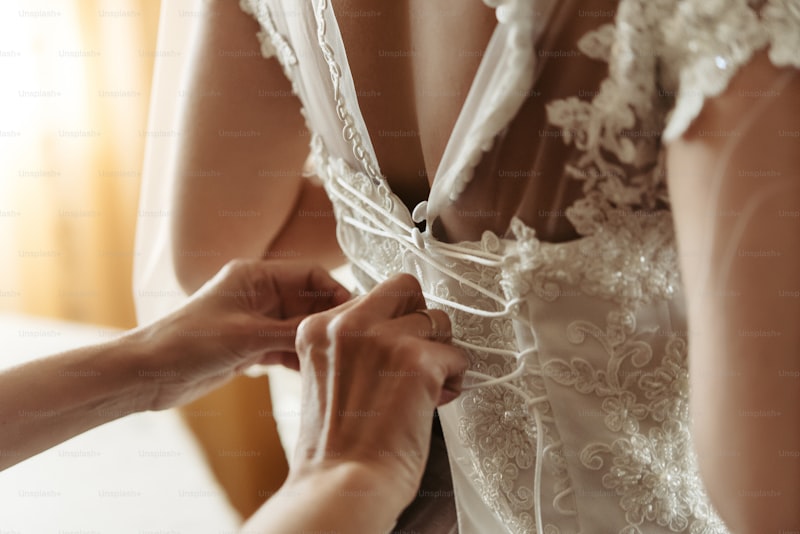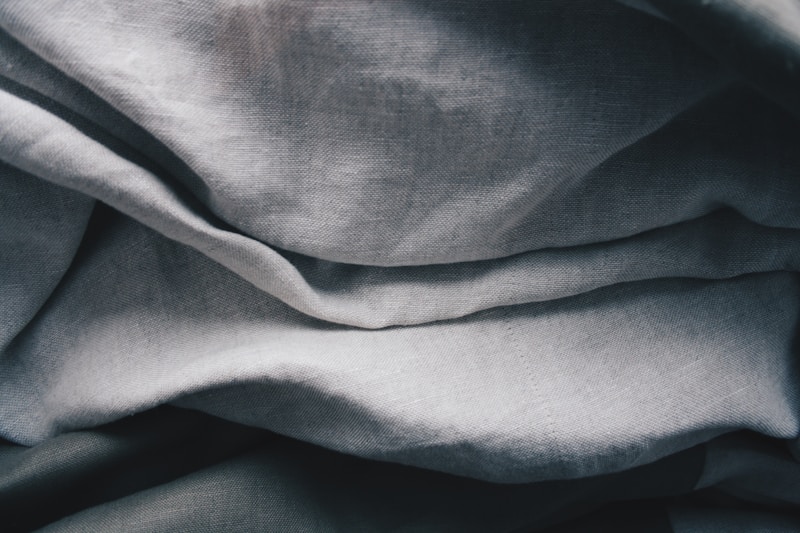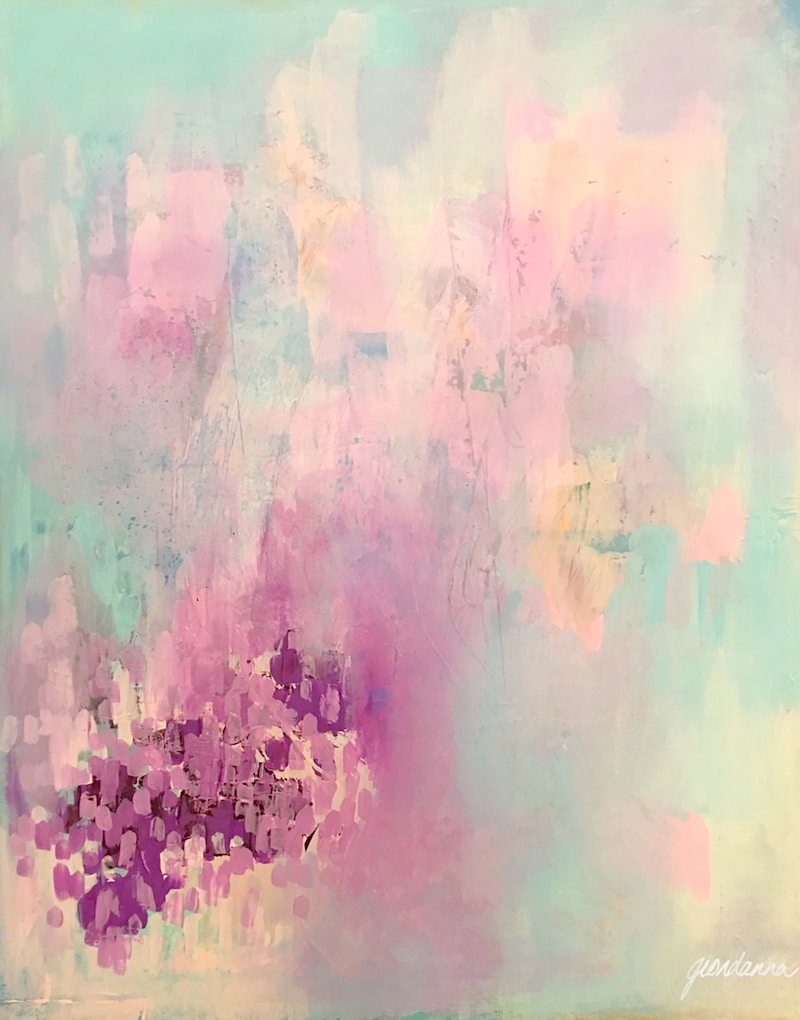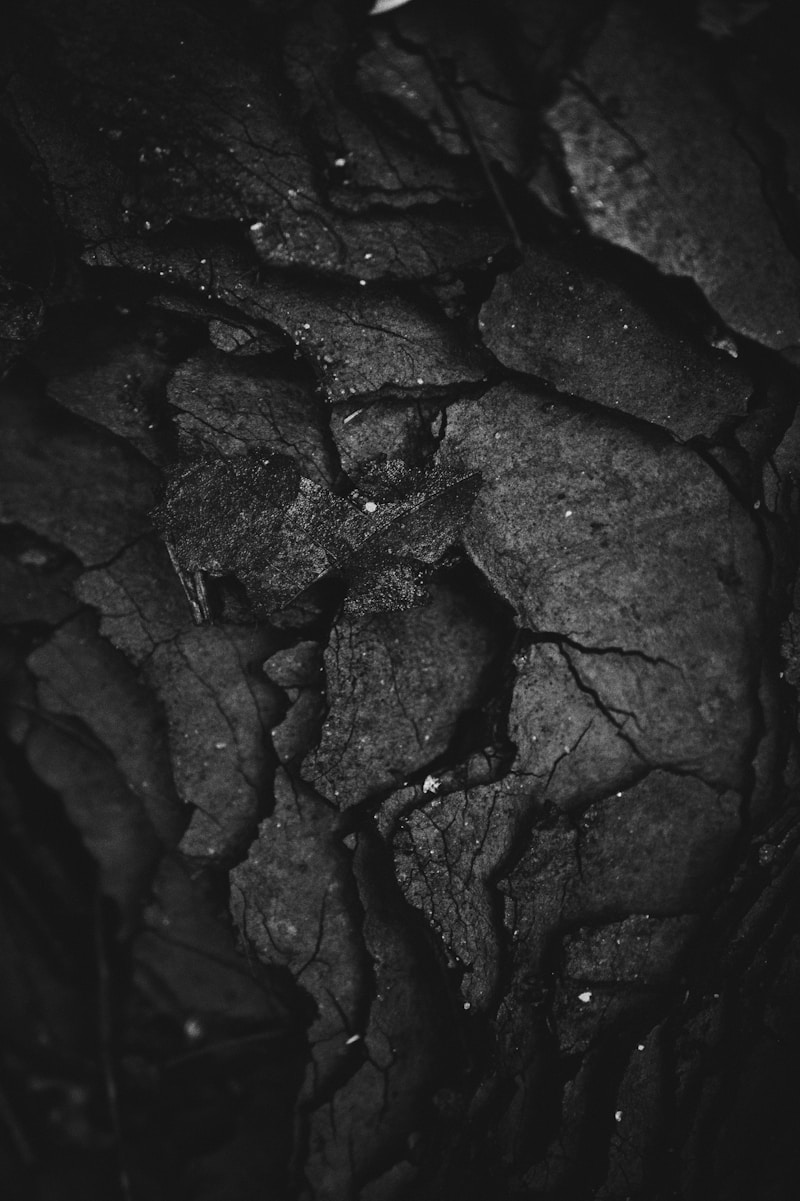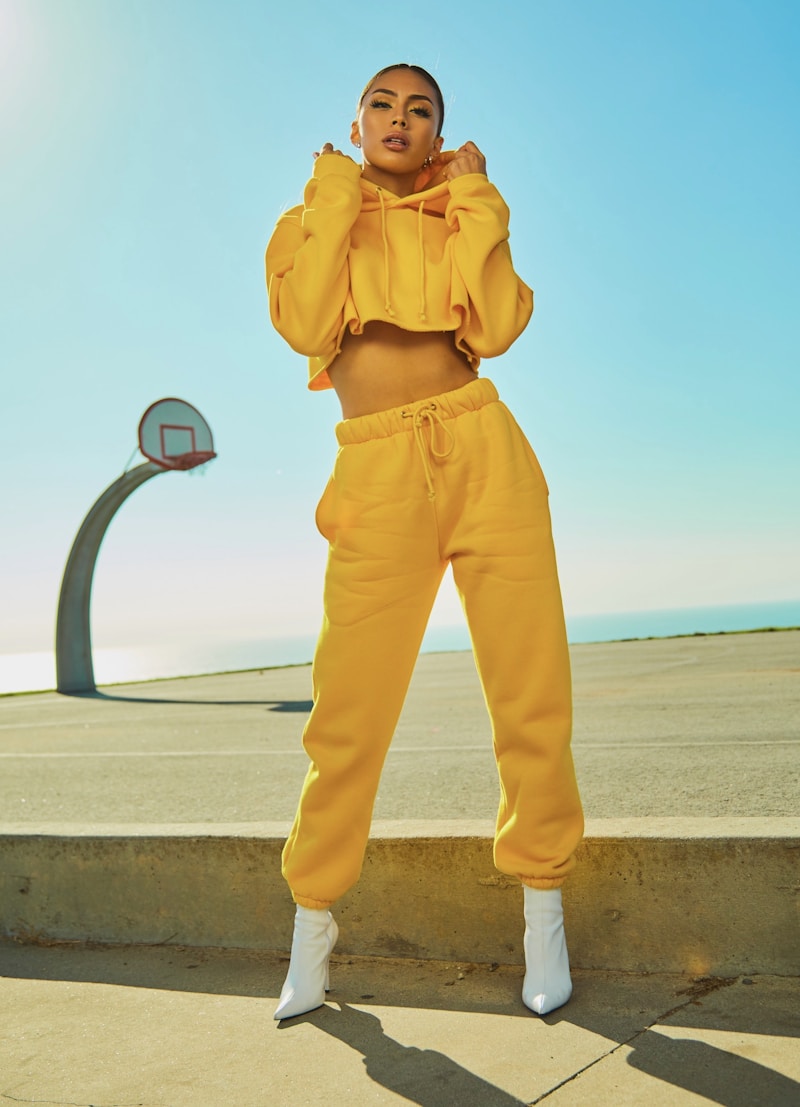The Ultimate Guide to Wedding Dress Fabric Weight: Choosing the Perfect Material for Your Big Day
Understanding Wedding Dress Fabric WeightYour wedding day is one of the most important days of your life, and choosing the right wedding dress is crucial. One essential aspect that often gets overlooked is the fabric weight of your dress. Understanding wedding dress fabric weight not only affects the overall look and feel of the gown but also influences your comfort and how the dress drapes on your body. In this article, we will explore various fabric weights, their types, and what you should consider when selecting the perfect fabric for your dream wedding dress.What is Fabric Weight?Fabric weight refers to the density of the material used to construct the wedding gown. It is typically measured in grams per square meter (GSM) or ounces per square yard. Wedding dress fabric weight can significantly alter the dress’s silhouette, drape, and comfort level. Choosing the right weight can enhance the style of your gown and ensure you feel comfortable throughout your special day.Types of Wedding Dress Fabrics and Their WeightsWedding dresses come in a variety of fabrics, each with unique characteristics. Some fabrics are light and airy, while others are heavier and structured. Below is a table summarizing some common wedding dress fabrics along with their respective weights:Fabric TypeTypical Weight (GSM)CharacteristicsChiffon60-100Lightweight, sheer, delicateTulle40-80Very light, airy, often used for layeringSatin150-300Medium to heavy weight, smooth, lustrousLace80-200Light to med...
The Ultimate Guide to Softness Against the Skin: Why Comfort Matters
Understanding Softness Against the SkinWhen it comes to choosing fabrics, one of the most important factors to consider is softness against the skin. This quality can dramatically influence our comfort and wellbeing. In this article, we will explore why softness is essential, the various fabrics that provide this quality, and practical tips for selecting the best materials.Why Softness MattersSoftness against the skin plays a crucial role not just in clothing but in bedding, towels, and other fabric items we interact with daily. Here are some reasons why this quality matters: Comfort: Soft materials provide a sense of comfort, leading to a more enjoyable experience, whether you're wearing a shirt or lying in bed. Skin Health: Fabrics that are rough or irritating can lead to skin problems such as rashes or allergies. Soft textures are far less likely to cause discomfort. Emotional Wellbeing: Soft fabrics can evoke feelings of warmth and security, impacting overall mood and emotional health.Different Fabrics That Provide SoftnessLet's explore some of the most common fabrics known for their softness against the skin: Fabric Type Description Ideal Use Cotton Breathable and natural fibers that are gentle on the skin. Shirts, sheets, towels Bamboo Softer than cotton and has natural anti-bacterial properties. Pajamas, bedding, activewear Silk Luxurious and smooth to the touch, often hypoallergenic. Sleepwear, scarves, lingerie Modal ...
Essential Fabric Care and Maintenance Tips for Longevity
Introduction to Fabric CareWhen it comes to maintaining your wardrobe, understanding the intricacies of fabric care is crucial. Proper maintenance not only extends the life of your garments but also keeps them looking fresh and new. In this guide, we will delve into the key fabric care and maintenance tips that will ensure your clothes remain in pristine condition.The Importance of Fabric CareFabric care is vital for multiple reasons. First and foremost, it helps in preserving the quality and appearance of textiles. Additionally, it can save you money in the long run by reducing the need for replacements. Understanding the specific needs of different fabrics allows you to take appropriate care measures.Common Fabric Types and Their Care NeedsFabric TypeCare InstructionsCottonWash in warm water, tumble dry on low, and iron on high heat if needed.WoolHand wash in cold water, lay flat to dry, and avoid ironing.Synthetic FabricsWash in cold water, avoid high heat in drying, and use a cool iron if necessary.SilkDry clean if possible, or hand wash in cold water with mild detergent.General Fabric Care Tips1. Read LabelsBefore washing any garment, always read the care label. It provides essential information regarding washing temperatures, drying methods, and ironing instructions. Following these guidelines can help prevent damage.2. Use the Right DetergentChoosing a suitable detergent is paramount for maintaining fabric integrity. Opt for gentle, color-safe detergents for delicate f...
The Art and Science of Signature Fabric Prints: Elevate Your Style
Introduction to Signature Fabric PrintsIn the world of fashion and interior design, signature fabric prints serve as powerful visual statements. These unique designs not only add personality to clothing and furnishings but also convey the ethos of brands and individuals alike. Whether you are a designer seeking to create your signature look or a consumer wanting to elevate your wardrobe or home decor, understanding the nuances of signature fabric prints is essential.What Are Signature Fabric Prints?Signature fabric prints are distinctive patterns that are emblematic of a brand, designer, or individual. Often characterized by their vibrant colors, intricate designs, and unique motifs, these prints can be found in a variety of textiles, including cotton, silk, velvet, and polyester. The beauty of signature fabric prints lies in their ability to tell a story, evoke emotions, and create a memorable aesthetic. Why Choose Signature Fabric Prints?There are several compelling reasons to incorporate signature fabric prints into your life: Personal Expression: Signature fabric prints allow individuals to showcase their personality and style. From bold motifs to subtle patterns, there’s a print for every taste. Brand Recognition: For designers and brands, signature prints can enhance visibility and recognition. A unique print can become synonymous with a label, helping to establish its identity. Versatility: These prints can be used in a range of applications, from fashion appa...
Creating Bridesmaid Fabric Harmony: Tips for a Cohesive Look
Understanding Bridesmaid Fabric HarmonyChoosing the right fabrics for bridesmaids can be as important as selecting the wedding dress itself. The beauty of a wedding relies on harmony, and that includes the attire worn by the bridal party. When we talk about bridesmaid fabric harmony, we refer to the appropriate selection and combination of fabrics that work well together to create an elegant and cohesive look.The Importance of Selecting the Right FabricIn the realm of weddings, every detail counts, and fabric choice plays a crucial role in the overall aesthetic. The right fabric can enhance the body shape, complement different skin tones, and elevate the decor theme of the wedding.Common Fabrics Used for Bridesmaid DressesFabric TypeDescriptionBest ForSatinA glossy fabric that drapes beautifully.Evening or formal weddingsChiffonA lightweight and airy material that creates a soft flow.Summer weddings or beach destinationsLaceIntricate and romantic, often used as an overlay.Vintage or rustic-themed weddingsTulleA net-like fabric that adds volume and whimsy.Fairytale or garden weddingsUnderstanding these basic fabric types is the first step towards achieving bridesmaid fabric harmony. Each fabric has its unique characteristics, and they can significantly influence the overall look and feel of the bridal party attire.How to Create Fabric HarmonyAchieving a harmonious look for your bridesmaids involves more than just choosing fabrics that look nice together; it’s about creating a ...
The Ultimate Guide to Tailored Fit with Fabric Selection: Transforming Your Wardrobe
Understanding Tailored Fit with Fabric SelectionIn today's fashion landscape, the concept of a 'tailored fit with fabric selection' has become increasingly significant. Tailored clothing is not just about style; it is about creating outfits that complement your body shape while incorporating high-quality fabrics that enhance comfort and durability. This guide aims to delve deep into what tailored fit means, how to choose the right fabric, and why this knowledge is essential for anyone looking to elevate their wardrobe.What is a Tailored Fit?A tailored fit refers to clothing that is specifically designed to complement an individual's body shape. Unlike off-the-rack clothing, tailored pieces take into account various measurements and often involve adjustments for specific preferences. Here are key aspects of tailored fit:AspectDescriptionBody MeasurementsAccurate measurements ensure a snug fit around shoulders, waist, and other key areas.Material ConsiderationsThe choice of fabric can influence the drape and overall appearance of the garment.Style PreferencesIncorporating individual style goals and comfort levels is crucial for ultimate satisfaction.Tailoring ServicesSeeking professional tailoring can ensure that alterations are executed flawlessly.The Importance of Fabric SelectionChoosing the right fabric is just as critical as achieving the perfect fit. Fabrics don't just affect the look of the garment but also its feel, durability, and how it wears over time. Here are a few...
Exploring Unexpected Color Combinations: A Guide to Creative Palette Choices
Unlock the Power of Unexpected Color CombinationsColor is an essential element in design, art, and fashion, influencing emotions and perceptions. While we often gravitate towards safe color choices, unexpected color combinations can spark creativity and lead to remarkable results. This article will delve into the significance of these combinations, offering insights and examples to inspire your creative projects.The Psychology of ColorUnderstanding color psychology is crucial when exploring unexpected combinations. Different colors evoke different feelings and associations. For example, blue often signifies calmness, while red can represent passion or urgency. By combining colors that are not conventionally paired, you can produce a unique emotional response.Why Choose Unexpected Color Combinations? Stand Out: In a world saturated with visuals, original color pairings can make your work memorable. Enhance Creativity: Experimenting with colors outside your comfort zone can lead to innovative ideas. Challenge Norms: Break traditional design rules to redefine standards in your field.Famous Cases of Unexpected Color CombinationsCreative individuals and brands often draw attention through unexpected color choices. Here are some notable examples:ExampleDescriptionMarie Antoinette by Sofia CoppolaThe film features pastel palettes combined with bold colors, presenting a modern take on historic aesthetics.Apple Inc.The company’s marketing often uses unexpected color pairings ...
Understanding Sheen and Gloss Levels: A Comprehensive Guide
Introduction to Sheen and Gloss LevelsWhen discussing interior design, paint finishes play a crucial role in the overall aesthetic of a space. One of the key aspects that designers and homeowners must understand is sheen and gloss levels. These terms are often used interchangeably but refer to different qualities of paint finishes. In this article, we will delve deep into the nuances of sheen and gloss levels, explore their differences, and provide guidance on how to choose the right finish for your project.What Are Sheen and Gloss Levels?Before we dive into the specifics, it’s important to understand what sheen and gloss levels actually are. In simple terms, these levels refer to the amount of light reflected by a surface. A paint finish can be categorized into different levels based on its reflective quality:Finish TypeSheen LevelTypical UsesFlat/Matte0-10%Ceilings, low-traffic areasSatin20-30%Bedrooms, living roomsEggshell10-20%Living spaces, dining roomsSemi-Gloss30-70%Kitchens, bathrooms, trimGlossy70% and aboveCabinets, furniture, accentsThe Importance of Choosing the Right Sheen LevelChoosing the correct sheen level for your paint has several implications. It affects not only the appearance but also the functionality of the painted surface. Here are some key considerations:1. Aesthetic AppealThe sheen level determines the visual characteristics of the paint. For example, flat finishes absorb light and are ideal for creating a soft, matte look, while glossy finishes ref...
Unlocking Creativity: The Ultimate Guide to Customized Fabric Stencils
What Are Customized Fabric Stencils?Customized fabric stencils are a versatile tool for artists, crafters, and DIY enthusiasts. They allow you to create unique designs on various fabrics, ranging from clothing to home décor. By using a customized stencil, you can easily apply intricate patterns and artwork without needing advanced painting or printing skills.The Benefits of Using Customized Fabric StencilsThere are numerous advantages to incorporating customized fabric stencils into your crafting process. Below are some key benefits:BenefitDescriptionEase of UseStencils simplify the application of designs, making it accessible for beginners.Design VersatilityCreate a broader range of designs—from simple patterns to detailed artwork.ReusabilityMany stencils can be used multiple times, offering great value for your money.PrecisionCustomized stencils ensure uniformity and accuracy in designs.How to Create Your Own Customized Fabric StencilsCreating your own customized fabric stencils is a rewarding process that lets you express your creativity. Here’s a step-by-step guide:Step 1: Choose Your DesignStart by selecting a design that you want to create. This can be anything from a simple geometric shape to intricate art. Consider for inspiration.Step 2: Gather Your MaterialsYou will need the following materials:Stencil material (mylar sheets or cardstock)Sharp utility knife or scissorsCutting matAdhesive spray or tapeFabric paint or spray paintFabric to stencil onStep 3: Transfer Y...
Discovering Unique Texture Pairings: Elevate Your Culinary Creations
Unleashing the Power of Unique Texture Pairings in CookingIn the culinary world, texture is just as important as flavor. Combining different textures can not only enhance the aesthetic appeal of a dish but also elevate the overall eating experience. This article delves deep into the concept of unique texture pairings, offering insights into how these combinations can transform your cooking game. Whether you're a professional chef or a home cook, understanding and exploring unique texture pairings will take your dishes to the next level.What Are Unique Texture Pairings?Unique texture pairings refer to the deliberate combination of various food textures in a dish. Mixing crunchy, creamy, chewy, and soft elements creates a more enjoyable eating experience. For example, pairing crispy fried onions with creamy mashed potatoes can introduce an exciting contrast that delights the palate. These pairings are not only about taste, but also about tactile sensations.Why Texture Matters in CookingTexture plays a crucial role in how food is perceived. Here are a few reasons why texture matters:Enhances Flavor: Different textures can enhance a dish's flavors. A crunchy topping can contrast with a smooth base, highlighting both elements.Visual Appeal: Dishes that feature a variety of textures are typically more visually appealing and can entice diners before they even take their first bite.Mouthfeel: The way food feels in your mouth can greatly affect your overall enjoyment. A balance of tex...
Mastering Translucent Fabric Layering: The Ultimate Guide for Stylish Outfits
Introduction to Translucent Fabric LayeringTranslucent fabric layering has taken the fashion world by storm, enabling fashion enthusiasts to create visually captivating outfits that combine texture, depth, and elegance. Whether you're preparing for a casual day out or a sophisticated event, understanding how to effectively layer translucent fabrics can elevate your wardrobe and transform your personal style. In this comprehensive guide, we will explore the ins and outs of translucent fabric layering, offering tips, tricks, and inspiration along the way.What is Translucent Fabric?Translucent fabric refers to materials that allow light to pass through, creating a semi-transparent effect. This type of fabric is typically lightweight and can vary in texture, color, and draping ability. Common examples of translucent fabrics include chiffon, organza, lace, and tulle. These materials are particularly popular for layering, as they can add dimension and visual interest to any outfit.The Importance of Layering in FashionLayering is a fundamental aspect of fashion that offers several benefits: Versatility: Layering allows for a wide variety of looks from just a few pieces, maximizing your wardrobe. Comfort: As seasons change, layering provides the ability to adapt to fluctuating temperatures. Fashion Statement: Thoughtful layering can make a bold fashion statement, showcasing your unique style.Choosing the Right FabricsWhen it comes to translucent fabric layering, the right fa...
Exploring Historical Fabric Inspirations: A Journey Through Time and Textiles
Unveiling the World of Historical Fabric InspirationsFabric has always played a pivotal role in human civilization, serving not just as a means of protection but also as a canvas for art, culture, and history. By examining historical fabric inspirations, we gain insights into the lives, values, and creativity of past societies. This article delves into the significance of textiles throughout history, exploring various styles, materials, and cultural relevance, ultimately aiding modern designers and enthusiasts in drawing from this rich tapestry.The Significance of Textile HistoryTextiles have been an essential part of human life for thousands of years, with their origins tracing back to the earliest civilizations. Each region's fabric reflects its climate, available materials, and cultural practices. Here we explore some critical elements of historical fabric inspirations and their lenses for understanding human creativity.The Role of Fabric in Ancient CivilizationsFrom the luxurious silks of China to the intricate weavings of the Incan Empire, fabrics tell stories of trade, innovation, and cultural exchange. Ancient Egyptians used linen made from flax, while the Greeks favored wool. Each culture's choice in fabric denotes not just climate adaptation but also social status and identity.Ancient CivilizationFabric UsedNotable FeaturesEgyptLinenSoft, breathable; often white and adorned with embroidery.ChinaSilkLuxurious, strong; utilized in noble attire and ceremonial garments.I...

